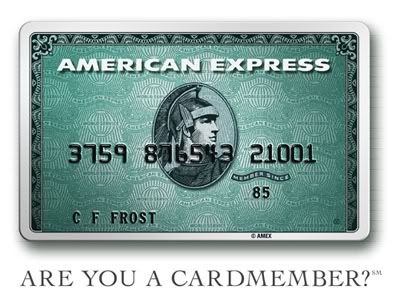
Created in 1934 by Nibel and chassis engineer Max Wagner. the 150H was a two-seat sports roadster. It featured transverse leaf spring front and coil-sprung swing axle rear suspension. A water-cooled 1,498 cc (91.4 cu in) OHC four-cylinder engine, producing 55 hp (41 kW), was mounted in back, hence the "H", from German heck (rear). The radiator was behind that, above the transaxle, with a squirrel-cage blower (reminiscent of the VW Type 1) feeding both radiator and carburetor. The roadster featured disc wheels, DuVal-style windshield, side-mounted spare (fastened with straps), and three headlights, the third mounted at the lip of the hood above the bumper.
.jpg)
Six 150Hs were built as coupes, "with low-drag lines that eerily presaged the VW Beetle". They were raced in several rallys, demonstrating much better handling than the 130H, before Nibel and Wagner turned to Grand Prix cars. Only twenty were produced before the 150H was abandoned in 1936.

Six 150Hs were built as coupes, "with low-drag lines that eerily presaged the VW Beetle". They were raced in several rallys, demonstrating much better handling than the 130H, before Nibel and Wagner turned to Grand Prix cars. Only twenty were produced before the 150H was abandoned in 1936.


No comments:
Post a Comment